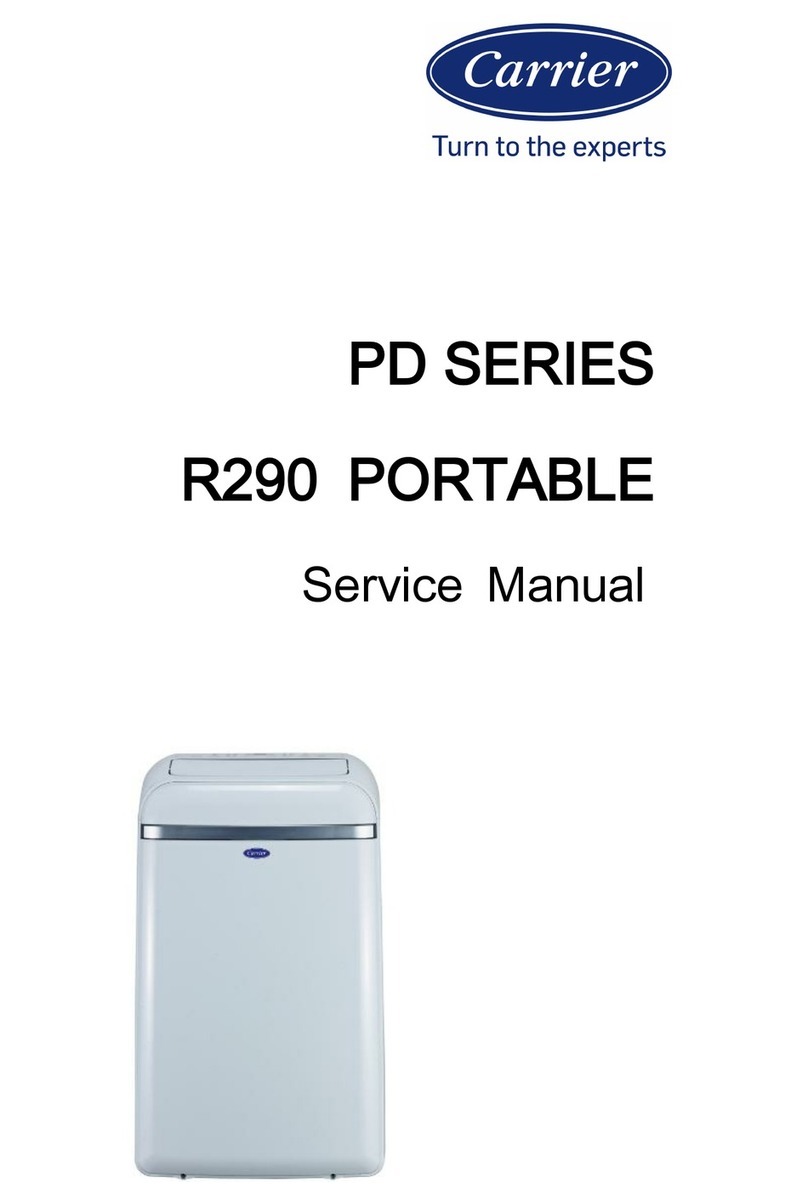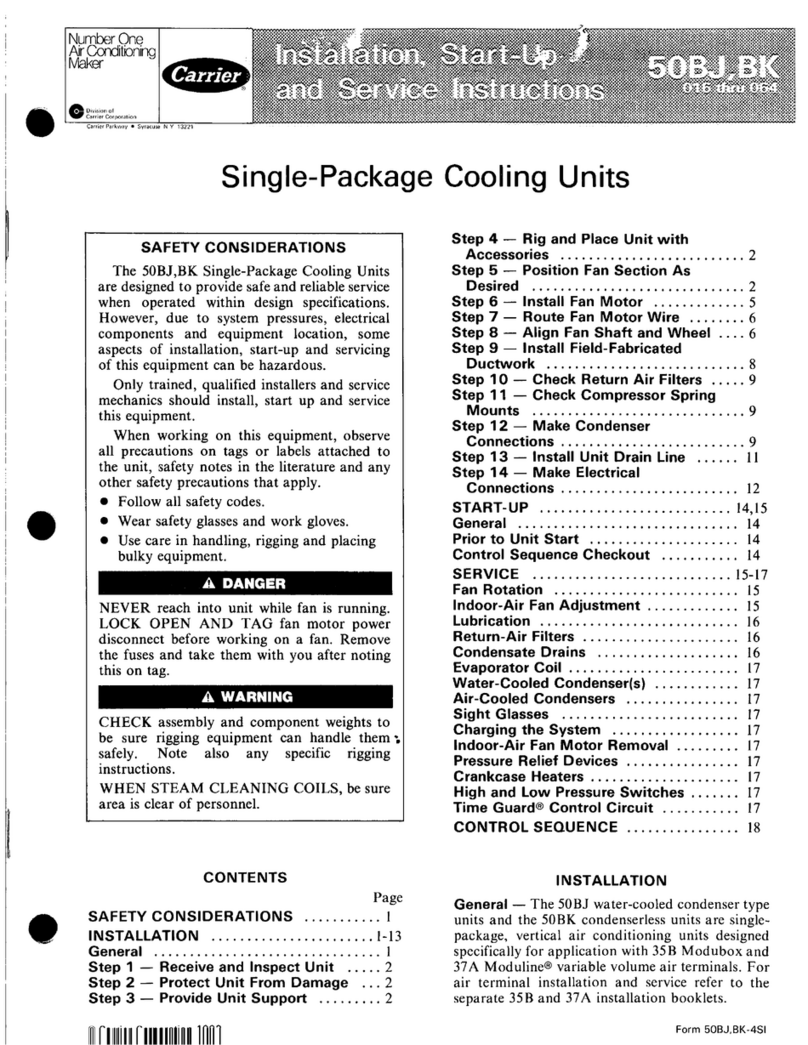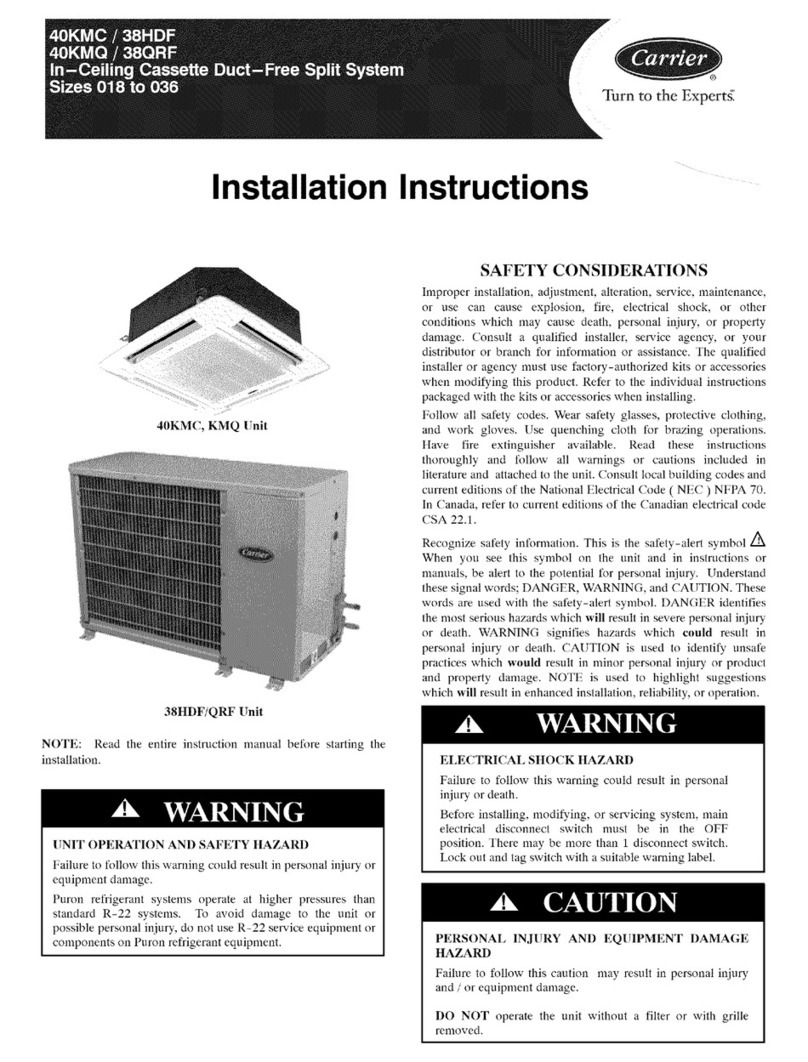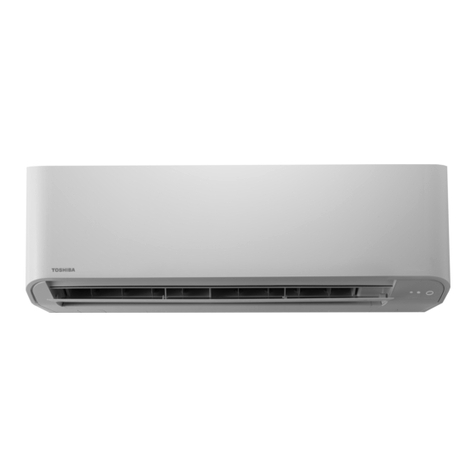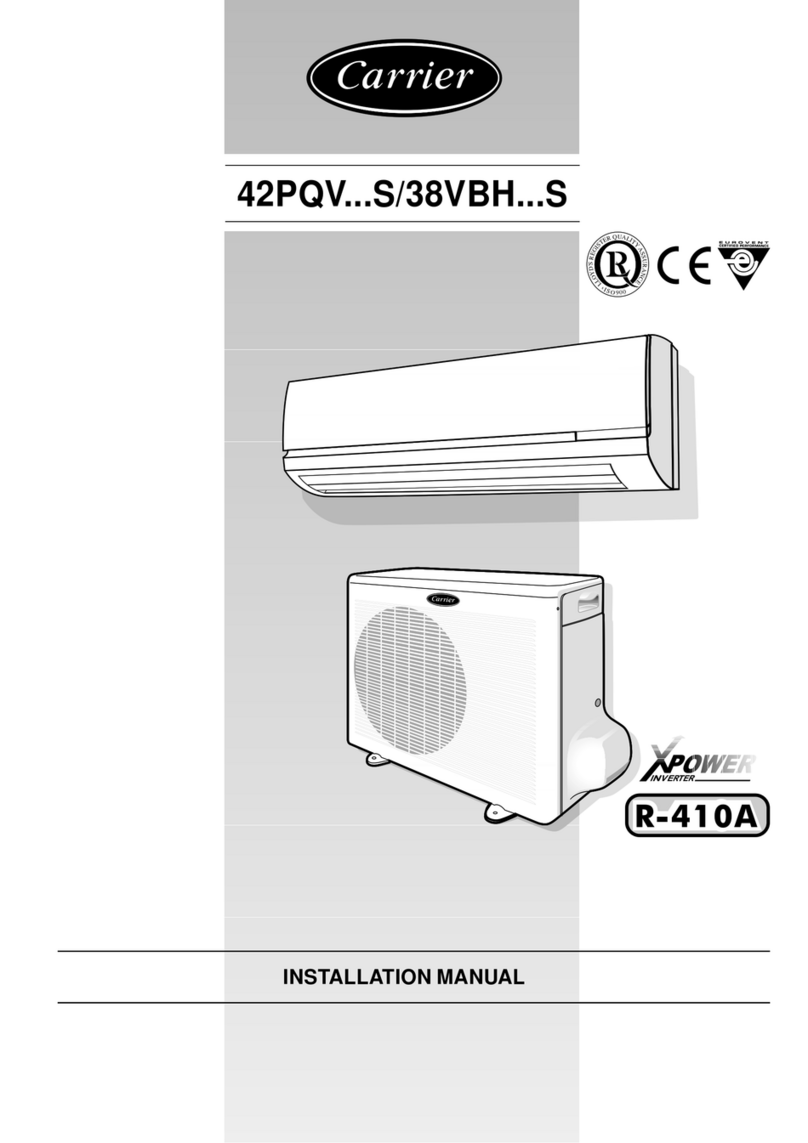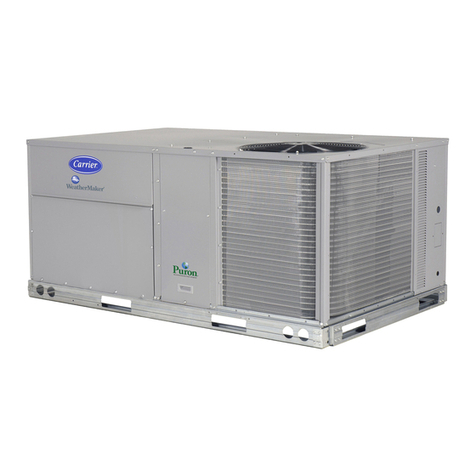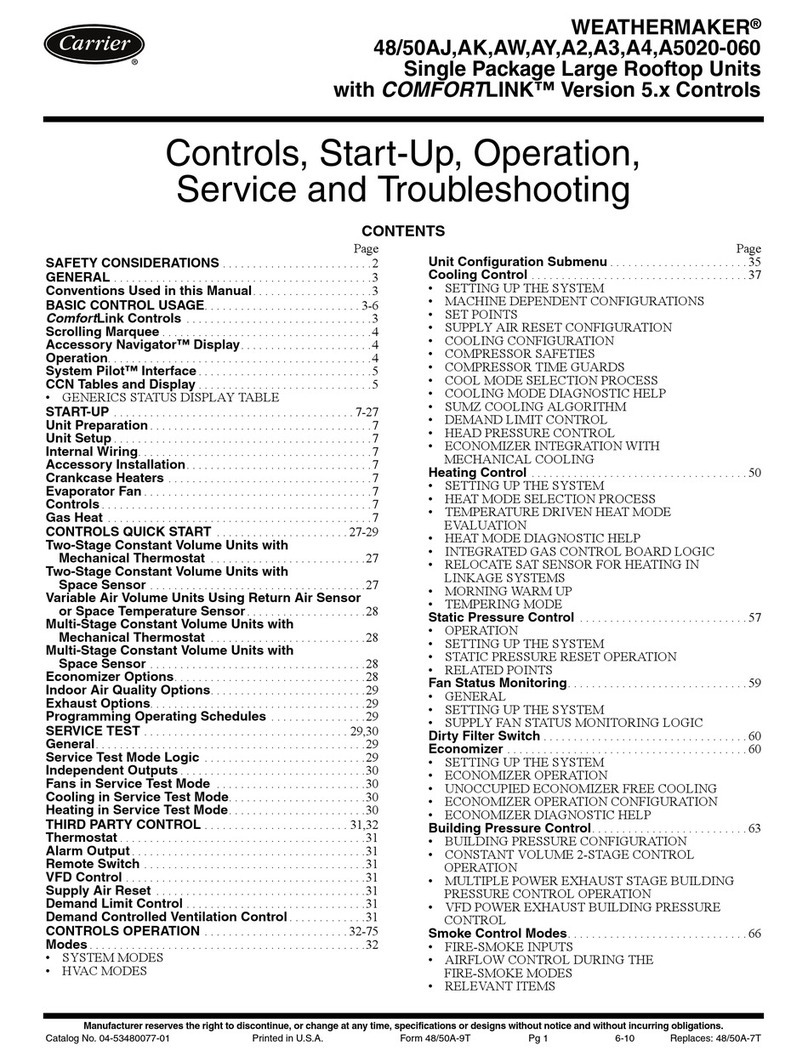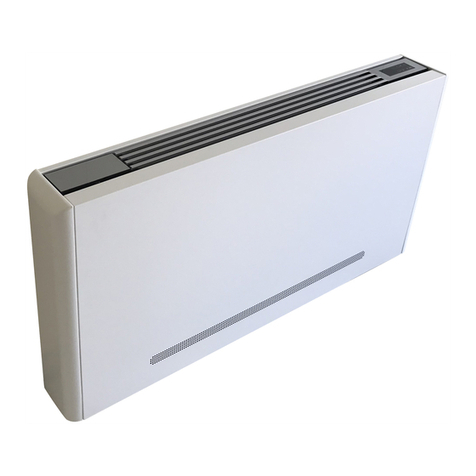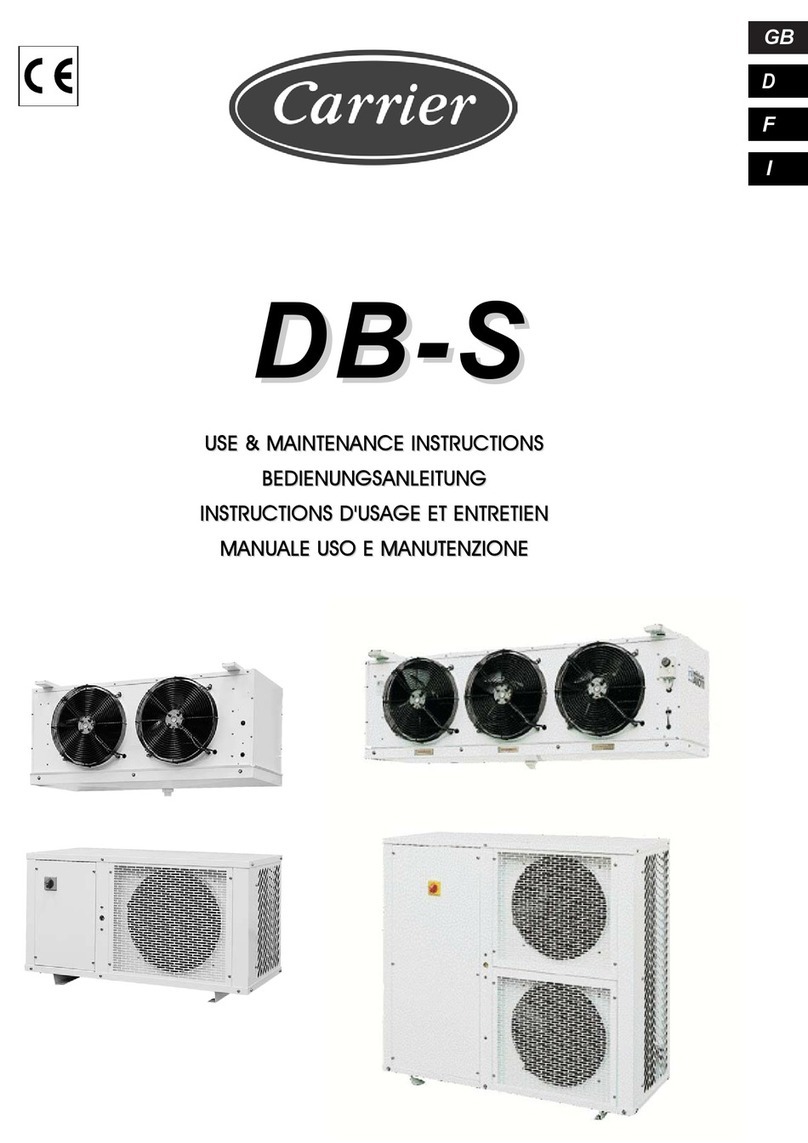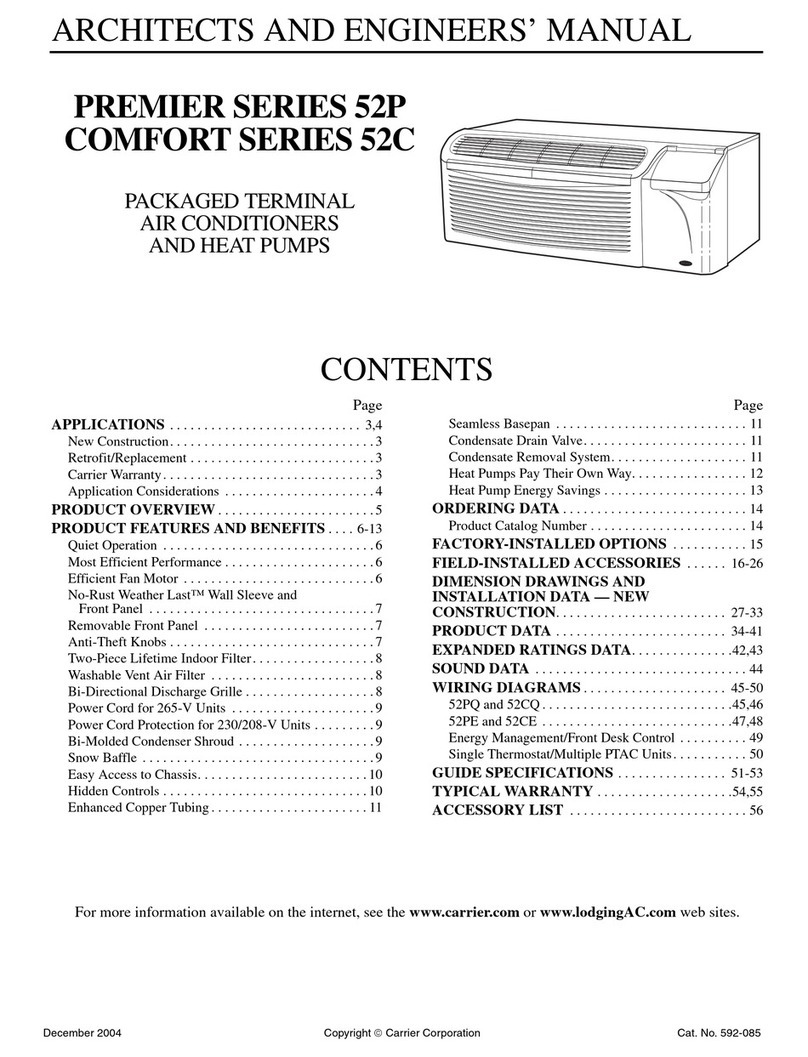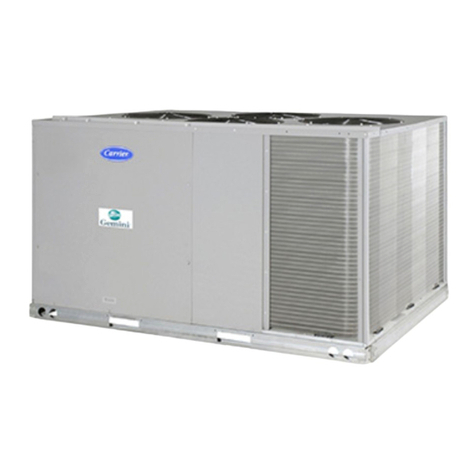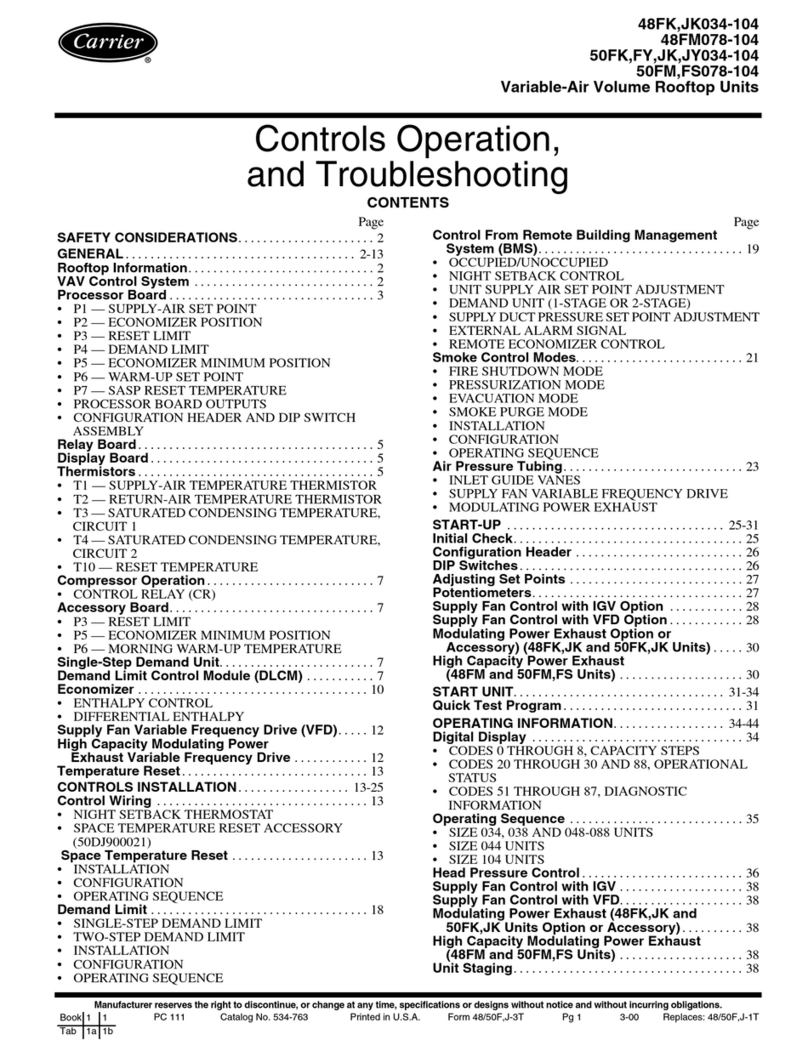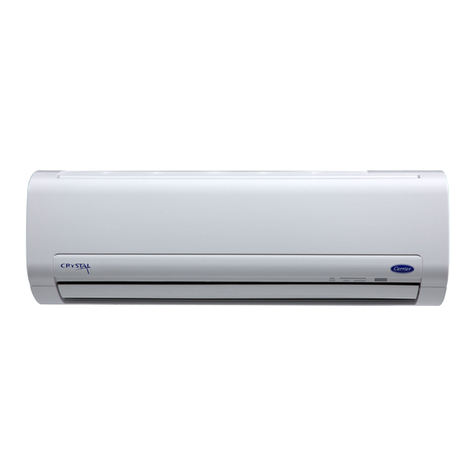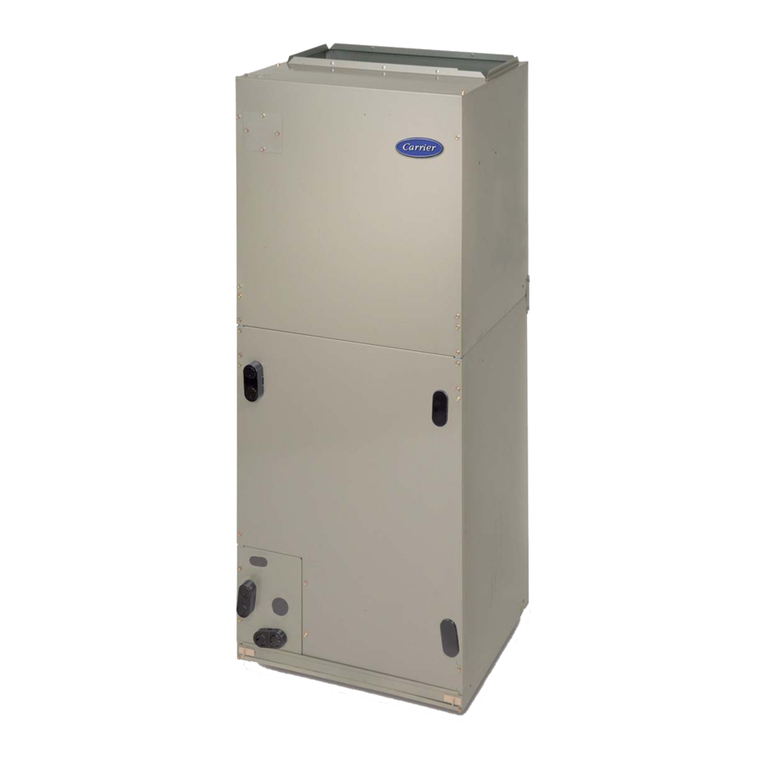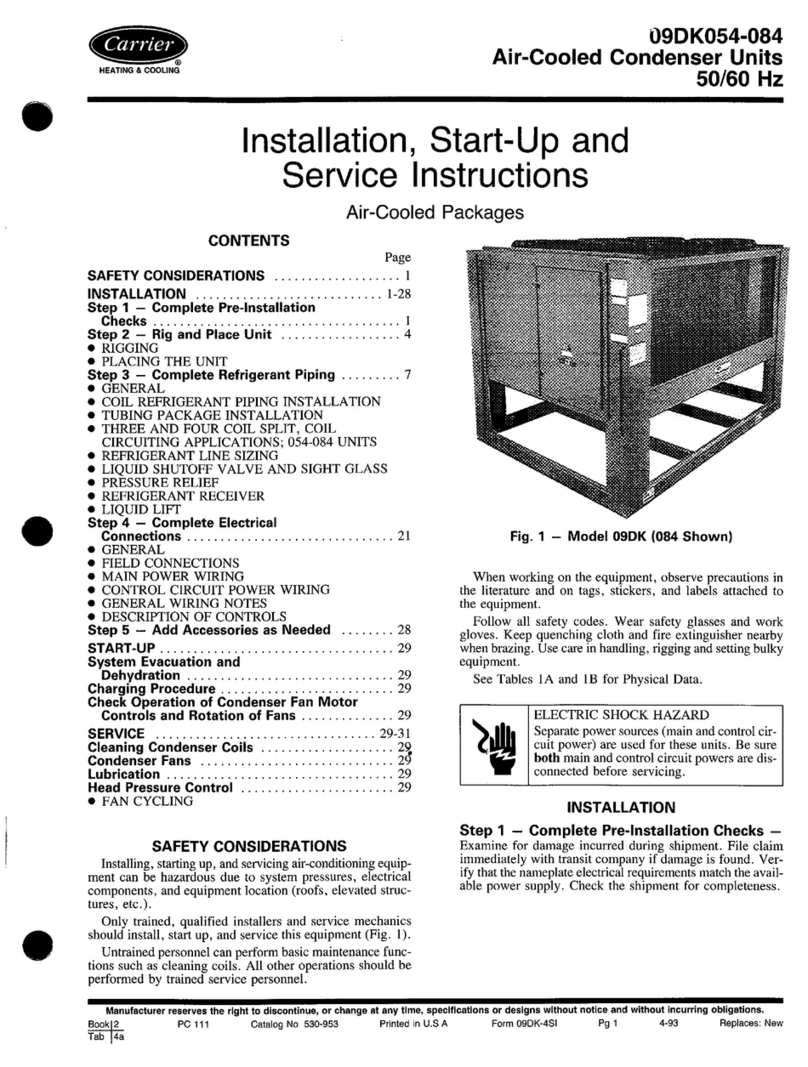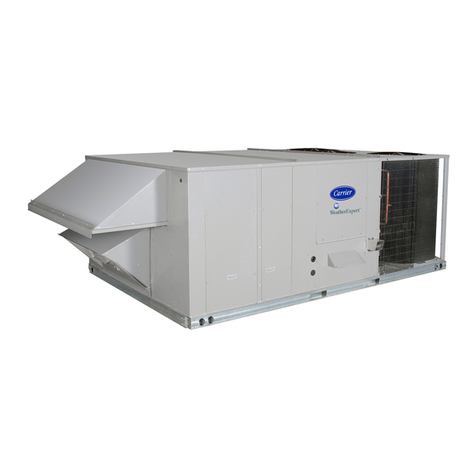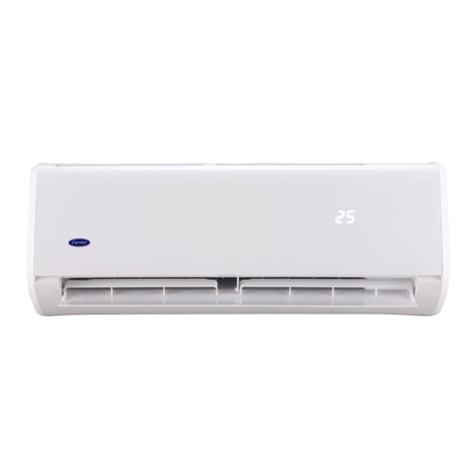Beliwe perlimning service or maintenance operations on
system, mm off main power to unit. Turn o11'accessory heater
power switch if applicable. Electrical shock can cause serious
injury or death.
Recognize salety in%rmation. This is the sali_ty-alert symbol ,/_.
When yon see this symbol in instructions or manuals, be alert to
the potential lkw personal injury.
Understand the signal words DANGER, WARNING, CAUTION,
and NOTE. These words are used with the sali:ty-alert symbol.
DANGER identifies the most serious hazards which will result in
severe personal injury or death. WARNING signifies a hazard
which could result in personal injury or death. CAUTION is used
to identily unsali: practices which would result in minor personal
injury or product and property danmge. NOTE is used to highlight
suggestions which will result in enhanced installation, reliability,
or operatkm.
These instructions cover mininmm requirements and cnnlorm to
existing national standards and salety codes. In some instances,
these instructions exceed certain local codes and ordinances,
especially those that nmy not have kept tapwith changing residen-
tial construction practices. We require these instructions as a
mininmm liw a sail: installation.
INTRODUCTION
50ZP cooling units arc lhlly self-contained and designed lk)r
outdoor installation. (See Fig. 1.) As shown in Fig. 2-4, units are
shipped in a horizontal-discharge configuration lor installation on
a ground-level slab. All units can be field-converted to downflow
discharge configurations lor rooBop applications with a field-
supplied plenum.
RECEiViNG AND iNSTALLATiON
Step 1--Check Equipment
IDENTIFY UNIT
The unit model number and serial number am stamped on the unit
identification plate. Check this inlornmtion against shipping pa-
pers.
INSPECT SHIPMENT
Inspect liw shipping danmge while unit is still on shipping pallet.
I1'unit appears to be damaged or is torn loose from its securing
points, have it examined by transportation inspectors belk)re
removal. Forward claim papers directly to transportation company.
Manufacturer is not responsible lk)rany damage incurred in transit.
Check all items against shipping list. Immediately notily the
nearest Carrier Air Conditioning office il' any item is missing.
To prevent loss or damage, leave all parts in original packages
until installation.
Step 2--Provide Unit Support
SLAB MOUNT
Place the unit on a rigid, level surl'ace, suitable to support the unit
weight. The fiat surface should extend approxinmtely 2-in. beyond
the unit casing on the 2 sides. The duct connection side and
condensate drain connection sides should be flush with the edge of
the flat surface. A concrete pad or a suitable fiberglass mounting
pad is rccnmmended.
A 6-in. wide gravel apron should be used around the fiat surface to
prevent airflow blockage by grass or shrubs. Do not secure the unit
to the flat surface except where required by local codes.
The unit should be level to within 1/4 inch. This is necessary lkw
the unit drain to function properly.
Step 3--Provide Clearances
The required minimmn service clearances and clearances to
combustibles are shown in Fig. 2-4. Adequate ventilation and
condenser air naust be provided.
The condenser fan pulls air through the condenser coil and
discharges it through the fan on the top cover. Be sure that the fan
discharge does not recirculate to the condenser coil. Do not locate
the unit in either a corner or under an overhead obstruction. The
mininnma clearance under a partial overhang (such as a nornml
house overhang) is 48 in. above the unit top. The nmximum
horizontal extension ol' a partial overhang must not exceed 48
inches.
Do not restrict condenser airflow. An air restriction at either
the outdoor-air inlet or the fan discharge can be harmful to
coFilpressor lili:.
Do not place the unit where water, ice, or snow l]'onaan overhang
or roof will danmge or flood the unit. The unit may be installed on
wood flooring or on Class A, B, or C roof covering materials.
Step 4--Place Unit
Unit can be moved with the handholds provided in the unit
basepan. Relier to Table 1 lor operating weights. U_se extreme
caution to prevent rlamage when moving the unif. Unit nlu,_t
remain in an 1q)right position during all tooling operations. The
unit must be level li)r proper condensate drainage; the ground-level
pad nmst be level beli_we setting the unit in place. When a
field-fabricated support is used, be stare that the support is level
and that it properly supports the unit.
Step 5--Select and Install Duetwork
The design and installation ol' the duct system must be in
accordance with:
• the standards of the NFPA (National Fire Protection Associa-
tion) lor installation of nonresidence-type air conditioning and
ventilating systems
• NFPA90A or residence-type, NFPA90B; and/or local codes
and residence-type, NFPA 90B
• and/or local codes and ordinances
Select and size ductwork, supply-air registers and return-air grilles
according to ASHRAE (American Society of Heating, Refrigera-
tion, and Air Conditkming Engineers) recommendations.
Use the duct flanges provided on the supply- and return-air
openings on the side of the unit. See Fig. 2-4 lor connection sizes
and locations. The 14-in. round duct collars (size 036-048 units)
are shipped inside the unit attached to the indoor blower. They are
field-installed and nmst be removed frona the indoor cavity prior to
start-up, even if they are not used lor installation.
INSTALL FLANGES FOR DUCTWORK CONNECTIONS
(50ZP06t) ONLY)
The 51)ZP060 units are shipped with flanges which must be
field-installed on the unit.
To install unit flanges:
1. Five pieces of flange are shipped on the return-air opening of
the unit. Remove the flanges li"om the shipping position. See
Fig. 5. Screws arc field-supplied.
2. One piece of flange is used as it is shipped (straight). Bend the
other 4 pieces at right angles.
3. Install the straight flange Oll the right side of the return-air
opening in holes provided. See Fig, 6. Flanges should stick out
fi'om unit to allow lk)r connection of ductwork.
